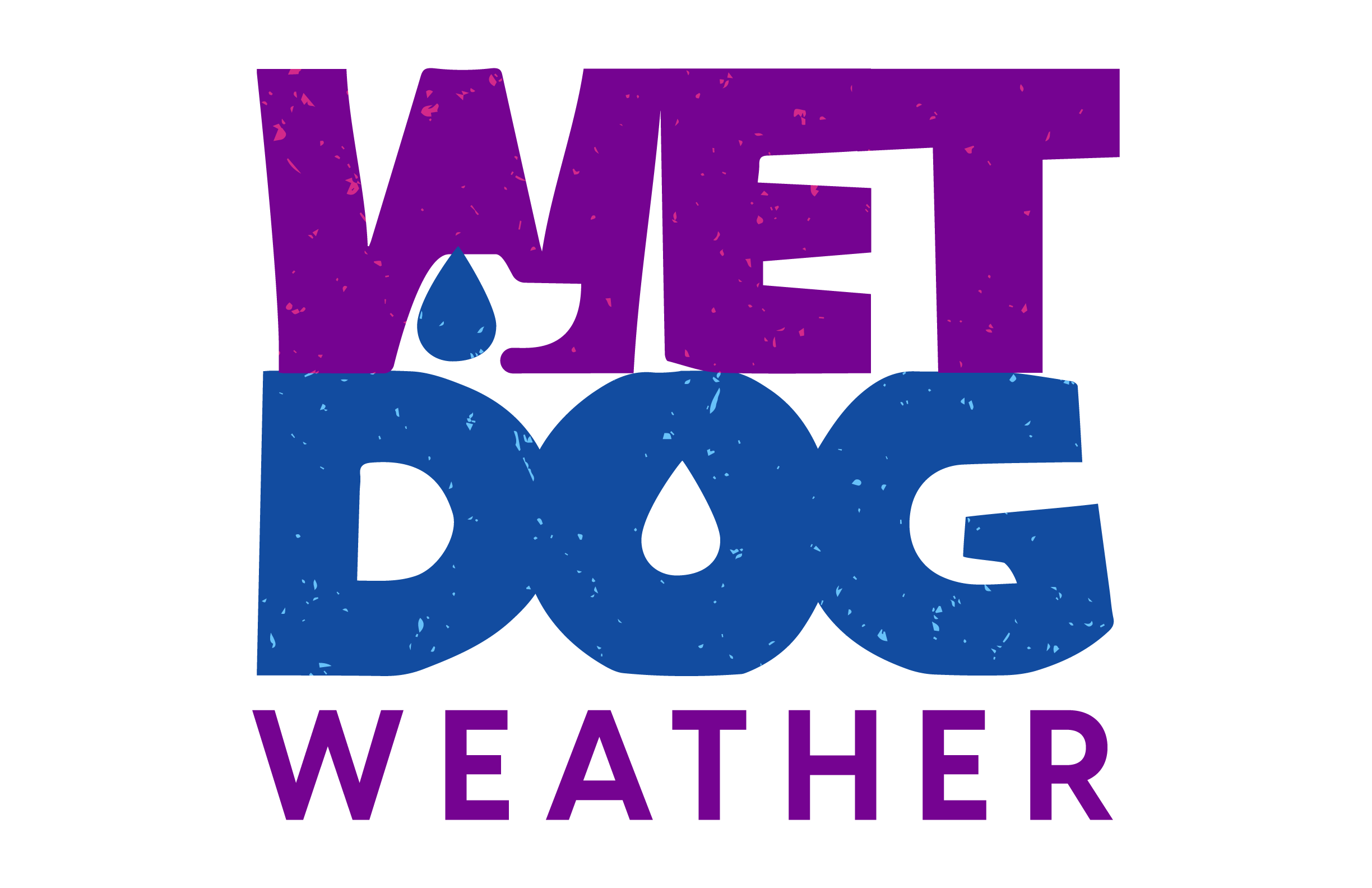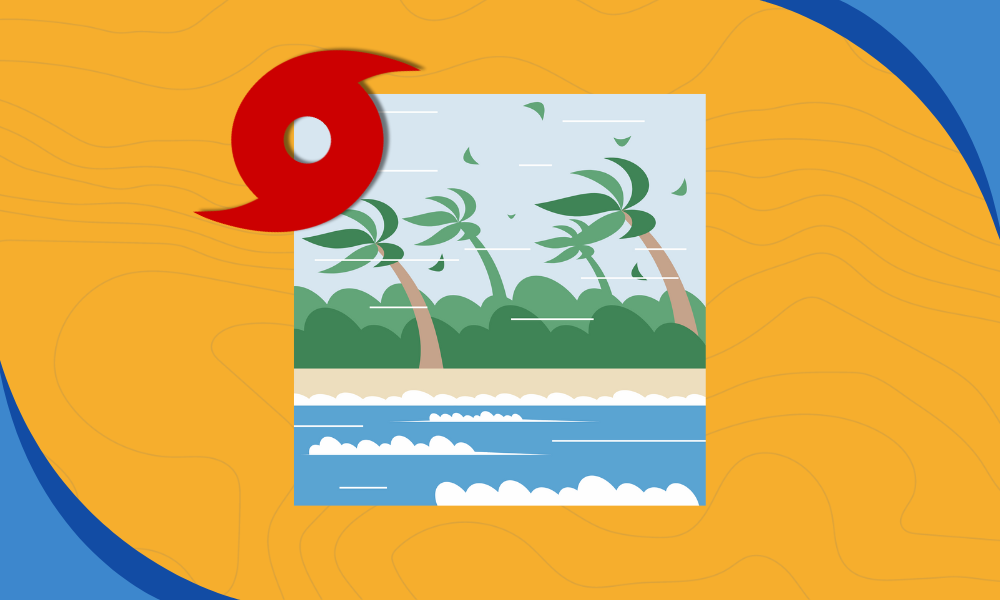We’re deep into the 2025 Atlantic hurricane season, and even though the U.S. hasn’t had a landfalling hurricane yet, it’s far from a quiet year in the tropics. Storms don’t have to make landfall to cause major damage, and this season has been a perfect example of that.
Hurricane season officially runs from June 1 through November 30, with the peak around September 10. In May, NOAA forecasted an above-normal season, predicting 13–19 named storms, 6–10 hurricanes, and 3–5 major hurricanes. That prediction is holding steady. We’re currently on storm J (Jerry), which makes ten named storms so far. Only four have reached hurricane strength, but three of those were major.
Warm ocean waters have been the significant driver. Record-high temperatures in the Gulf of Mexico and across the Atlantic are adding extra fuel to every system that spins up. The result has been stronger storms, heavier rainfall, and more flooding, even in places that never experienced the direct impact of a hurricane.
Early Storms of the 2025 Atlantic hurricane season
Tropical Storm Barry: Flooding from Mexico to Texas
Barry didn’t have hurricane-force winds, but it produced some of the worst flooding of the 2025 Atlantic hurricane season. Its moisture interacted with a trough and tropical Pacific air, triggering deadly floods in Central Texas over July 4–5. Before that, Barry’s wave drenched parts of Mexico and Belize, collapsing buildings and washing out roads. Flooding in Quintana Roo and Chiapas left communities cut off, and at least five people drowned in flood-related incidents across Mexico.
Tropical Storm Chantal: A Soaker in the Carolinas
When Chantal came ashore in South Carolina, it appeared to be a typical tropical storm, but it quickly evolved into a flood disaster for North Carolina. Rainfall totals reached 7–8 inches in some areas, resulting in flash floods, water rescues, and power outages. A state of emergency was declared in Orange County. Rivers rose to near-record levels, and an EF1 tornado even struck the Raleigh Executive Jetport. Tragically, six people died from floodwaters and boating accidents.
Major Hurricanes Make Their Mark
Hurricane Erin: Flooding From Africa to the East Coast
Hurricane Erin started near Cape Verde and quickly turned deadly. Cape Verde saw nearly eight inches of rain overnight, leading to flooding that killed nine people and displaced 1,500 more. As Erin tracked westward, its rough seas extended across the northern Caribbean, where one man drowned in the Dominican Republic. Later, the storm’s remnants caused major flooding up and down the U.S. East Coast. From North Carolina to Maine, tide gauges and coastal sensors recorded significant water rises and flooding around high tide, demonstrating the far-reaching impact of these systems.
Hurricane Gabrielle: Flooding Far From the Tropics
Gabrielle didn’t hit the U.S., but its impact was felt across the Atlantic. After brushing Bermuda and the East Coast, its remnants caused significant flooding in eastern Spain, leading to over $10 million in damages. It’s another reminder that tropical systems can transform into powerful rainmakers long after losing hurricane status.
Hurricane Humberto: Rough Seas and Coastal Impacts
Humberto mainly stayed over the open Atlantic, but it brought squally weather to Bermuda and stirred up rough seas along the U.S. East Coast just before Hurricane Imelda arrived. Even when hurricanes don’t come ashore, they can still create dangerous marine conditions that affect coastal communities and travelers.
The condition of homes that collapsed into the ocean on North Carolina's Outer Banks amid the intense waves of a twin hurricane on the Southeast coast.
— Sumu Elahi (@sumuelahi) October 5, 2025
Built #ClimateResilience! #ActOnLocalClimate #ActNow #LocalAction #ClimateAction #ClimateJustice pic.twitter.com/Bs0O01B4Zo
Hurricane Imelda: Erosion and Rough Surf
While Imelda passed offshore, it still left its mark. Rough surf and high waves damaged property along the Outer Banks, where nine homes collapsed into the ocean. Coastal Florida also saw dangerous conditions when a man drowned in a rip current. Combined with Humberto’s energy, Imelda caused more than $10 million in damage without ever making landfall.
The Season Isn’t Over Yet
The 2025 Atlantic hurricane season runs through the end of November, and history shows that powerful systems can still develop well into the fall. Even without a direct hit, the impacts of tropical systems, such as heavy rain, flooding, and dangerous surf, have been devastating this year.
If you live near the coast or plan to visit, keep an eye on local weather alerts. Never drive through flooded roads, and stay out of the ocean when red flags are flying.
Stay aware, stay prepared, and remember: a storm doesn’t have to make landfall to make an impact.

